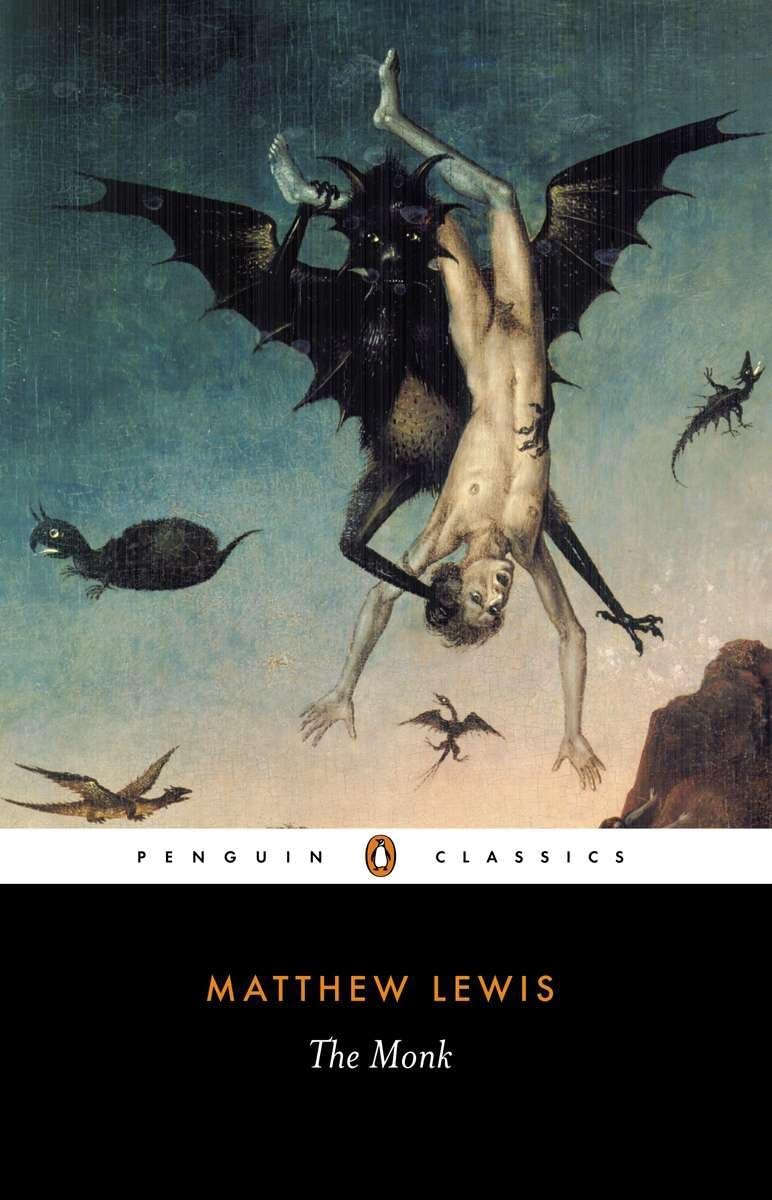
Melmoth the Wanderer
Book Description
A chilling specter roams the shadows of despair, haunting those who dare to confront their own darkest secrets. Driven by the relentless pursuit of redemption, Melmoth emerges from the depths of human anguish, weaving through intertwined lives marked by betrayal, guilt, and desperate hope. As his presence distorts reality, the line between salvation and damnation blurs, leaving a trail of devastation and contemplation in his wake. Friends become foes, and trust turns to treachery in this gripping exploration of the human soul. What price would you pay to escape your own nightmares?
Quick Book Summary
"Melmoth the Wanderer" by Charles Robert Maturin is a Gothic novel delving into the darkest depths of human despair, guilt, and temptation. The story follows Melmoth, a man who has bargained his soul for extra years of life. Doomed to eternal wandering, he seeks another soul who will take on his curse, offering wealth, knowledge, and escape from suffering as temptation. The narrative unfolds through a series of interwoven tales, each revealing how Melmoth haunts individuals at their most vulnerable moments. The novel grapples with questions of redemption, the fear of damnation, and the psychological torment of the guilty. Melmoth's journey through suffering souls serves as a chilling meditation on the consequences of moral compromise and the complexities of human conscience.
Summary of Key Ideas
Table of Contents
Temptation and the Bargain with the Devil
The central figure of the novel, Melmoth, is a scholar who, in a moment of desperation, sells his soul to the devil in exchange for extended life. Cursed to wander the earth in agony, he is given only one possible escape: convincing another to accept his dreadful pact. This sets the stage for Melmoth's tragic role as both tempter and outcast, condemned to prey upon those enduring their own moments of suffering and moral crisis. His offers of escape from pain only ensnare his victims in deeper psychological torment, echoing eternal themes of temptation and consequence.
The Nature of Guilt and Despair
The structure of the novel is labyrinthine, with stories within stories as Melmoth's influence spreads across generations and countries. The narrative begins with John Melmoth, a young man who discovers his ancestor's dark secret and is drawn into the mystery. Through a rich tapestry of letters, manuscripts, and firsthand accounts, the reader encounters a succession of characters: the imprisoned Spaniard Alonzo Monçada, the persecuted Jews, and the doomed lovers whose paths cross with Melmoth. Each tale peels back the layers of suffering, exile, betrayal, and hope under Melmoth’s shadow.
Isolation and the Search for Redemption
Melmoth’s victims grapple with overwhelming guilt, fear of damnation, and the seduction of his dark promises. Each character displays a distinct response to his temptations—some are strengthened in virtue, others crumble under despair. Maturin explores the psychological aftermath of trauma and sin, emphasizing how personal secrets can haunt and destroy. Melmoth himself becomes a symbol of irreversible moral compromise, a warning of what transpires when one forsakes ethical boundaries for transient relief or power.
Intertwined Lives and Narrative Complexity
Supernatural elements pervade the novel, blurring the lines between reality and psychological horror. Melmoth’s appearances are marked by foreboding, distortion of time and space, and inexplicable phenomena that unsettle the characters’ sense of reality. These elements reinforce the Gothic atmosphere and serve as external manifestations of internal struggles—the specter haunting not only the physical world but also the conscience and psyche of each character he encounters.
The Supernatural as a Reflection of Inner Turmoil
Ultimately, "Melmoth the Wanderer" explores the often ambiguous boundary between damnation and redemption. Despite his relentless torment, Melmoth yearns for release and salvation, and the lives intertwined with his own are left scarred by his influence. The novel’s conclusion raises philosophical questions about the possibility of forgiveness, the durability of the human spirit under trial, and the true cost of escaping one’s nightmares. Maturin compels the reader to confront dread, moral ambiguity, and the lonely search for grace.
Download This Summary
Get a free PDF of this summary instantly — no email required.





